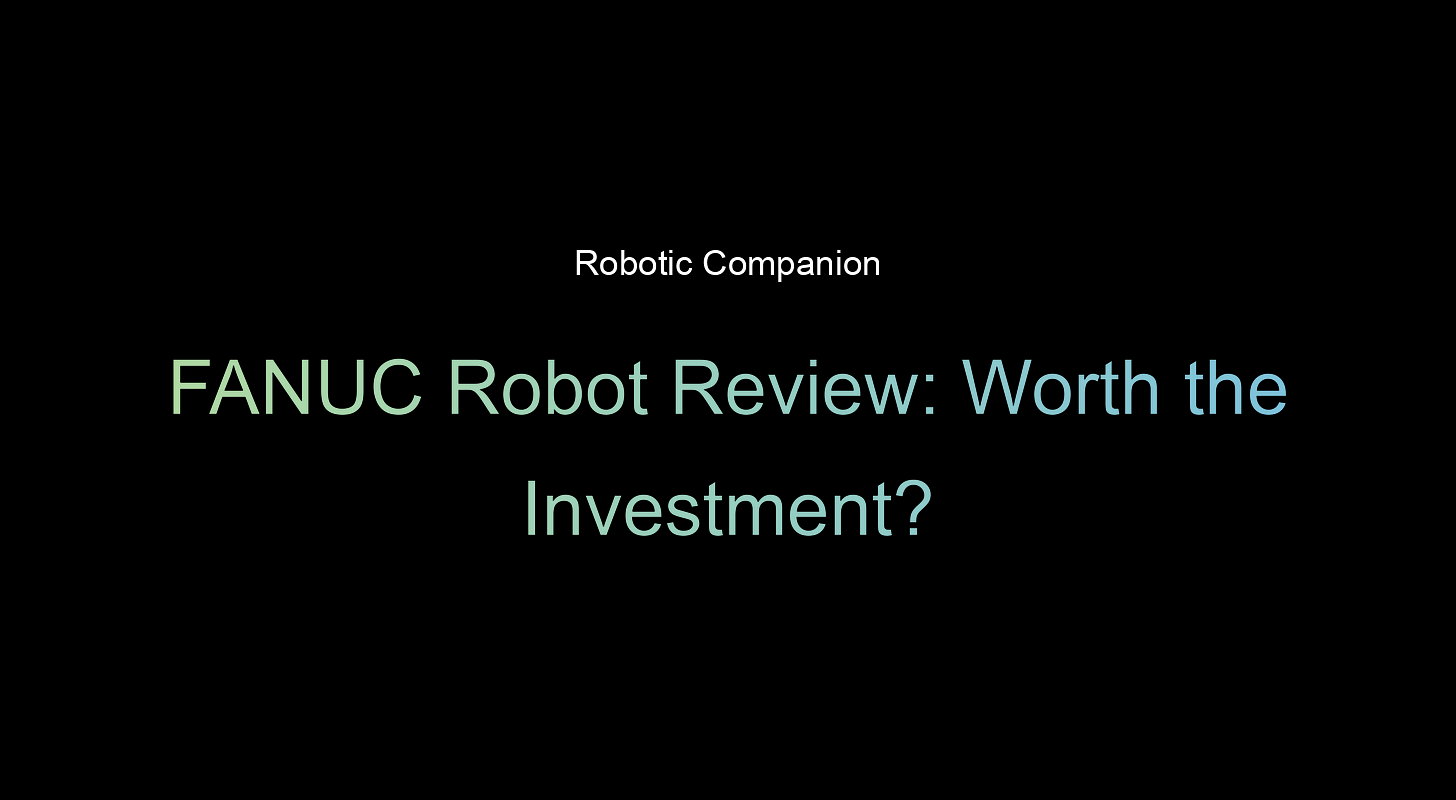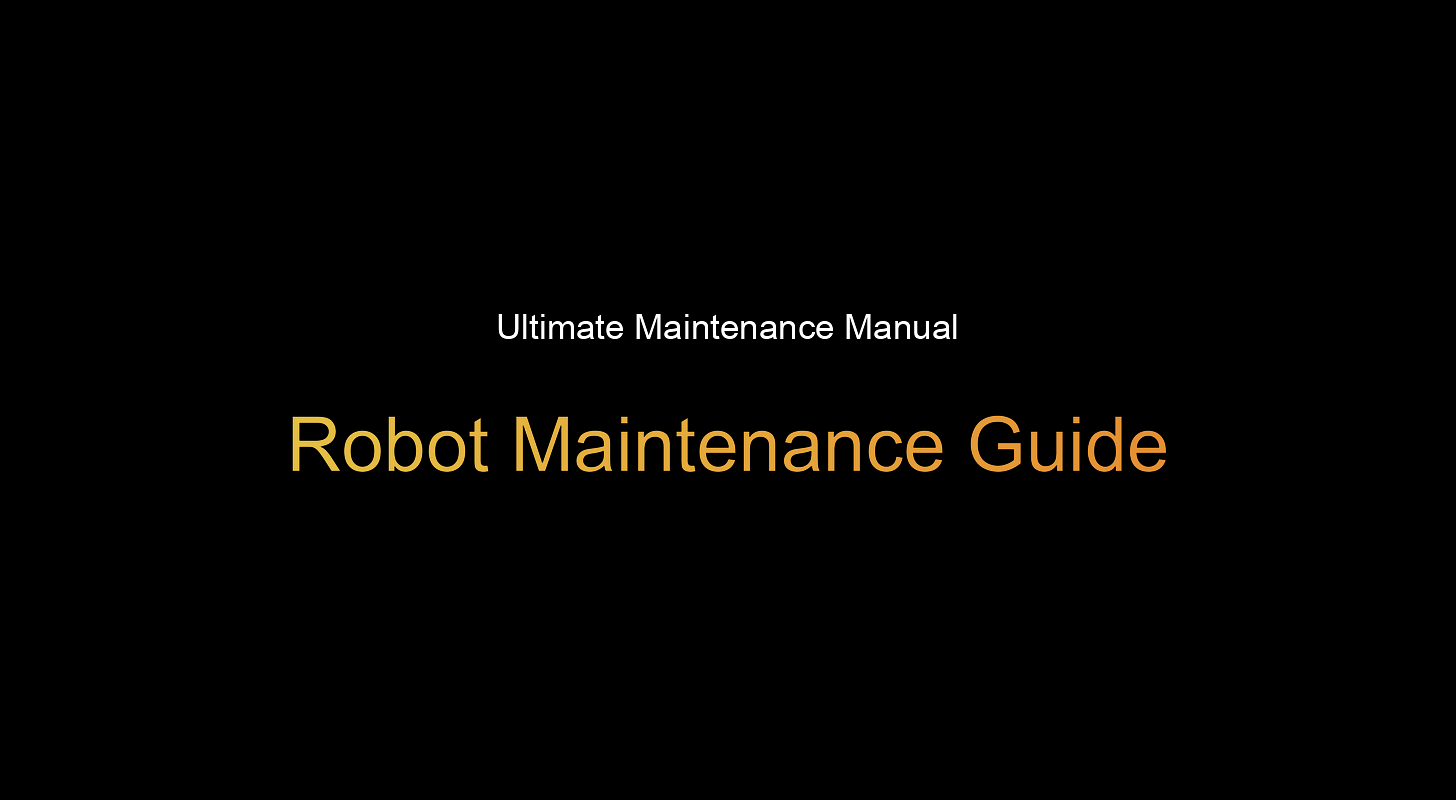It would be a massive understatement to say that both AI and robotics have made significant strides in the past few years. Remember IBM’s Watson, featured on Jeopardy!? Watson presents AI by processing language and answering questions. In contrast, Boston Dynamics’ Atlas reflects robotics by performing physical tasks like running and jumping.
However, many people still can’t tell AI from robotics.
This is why we’ve written this article: To demystify the robotics vs. AI debate and unpack the extremely valuable synergy between the two, one that’s changing the face of work as we know it.
We’ll cover:
- What is robotics?
- Are robots AI?
- A brief history of robotics
- An overview of AI
- Robotics vs. AI: Differences and similarities
- How are they working together?
- What industries benefit?
- Future trends
- The difference between cognitive robots and AI
Let’s get started!
What is robotics?
Robotics is a discipline that creates machines that can sense, think, and act — sometimes all on their own, sometimes with a little human help.
It’s a mix of engineering, computer science, and AI — all working together to create robots that can do everything from assembling cars to exploring Mars.
At its core, robotics is about automation and problem-solving. Some robots handle boring, repetitive jobs, like sorting packages in a warehouse. Others do things humans can’t (or really shouldn’t) — like defusing bombs or performing ultra-precise surgery.
Not all robots need AI to function, though — some just follow pre-programmed instructions like a glorified wind-up toy. Think of industrial robots on an assembly line that repeat the same motions over and over with zero “thinking” involved.
AI only comes into play when a robot needs to adapt, learn, or make decisions. A simple robotic arm that places parts on a conveyor belt? No AI. A self-driving warehouse bot that dodges obstacles? That’s where AI kicks in.
Are robots considered AI?
Not always. Robots and AI are not the same thing — but they do overlap. A robot is just a machine that performs physical labor, while AI is a system that processes information and makes decisions.
A robot is considered AI-driven when it can perceive its environment, analyze data, and adjust its actions.
Examples of AI-driven robots
- Self-driving warehouse bots that reroute when an obstacle appears.
- AI-assisted surgical robots that refine movements based on real-time imaging.
- Chatbots with robotic bodies that hold conversations and adjust their tone based on user input.
Difference between AI and robots:
Many robots operate without AI, simply following pre-programmed instructions. These include:
- Factory automation robots: Repetitive, fixed-motion arms that weld, paint, or assemble parts.
- Basic robotic vacuums: Early Roombas that bump into walls and change direction based on touch sensors.
- Automated guided vehicles (AGVs): Warehouse bots that follow magnetic tracks instead of making real-time navigation choices.
A brief history of robotics
Robotics has come an unimaginably long way since the first industrial robot, Unimate, started work at a General Motors plant in 1961.
In the decades since, advancements in mechanical engineering, electrical engineering, and computer science have enabled robots to become more sophisticated, versatile, and virtually ubiquitous – even though we may sometimes not notice.
Key milestones in robotics history
Today, robots are being used for everything from manufacturing to surgery to home assistance to space exploration — and that’s expected to accelerate as AI systems intertwine with robotics to allow for faster, better robots.
What is AI, and what can it do?
Artificial intelligence, or AI, is the ability of a machine to mimic intelligent human behavior.
Unlike robotics, which focuses on physical movement and interaction, AI aims to automate intellectual tasks typically performed by people.
In recent history, breakthroughs from organizations like OpenAI, have demonstrated AI's potential. These include defeating human champions in complex games, creating (good enough) music and art, engaging in natural human language conversation, and even writing computer code.
OpenAI's developments, particularly in language processing with models like GPT-4 and newer models, have significantly advanced AI's capabilities and applications.
Applications and where AI may go
- AI algorithms can analyze data, identify patterns, make predictions, and optimize decisions: The most common applications include image recognition, natural language processing, recommendation engines, generative AI, predictive analytics, and self-driving vehicles.
- AI systems can continuously improve by learning from data and experiences: This is known as machine learning; the more data they have, the smarter the algorithms become. This is because deep learning uses neural networks modeled after the human brain to achieve state-of-the-art results. Cloud robotics also helps here.
- Cutting-edge AI can beat humans at their own game, and may easily exceed human capabilities.
- While narrow AI focuses on singular tasks, Artificial General Intelligence (AGI) aims to possess general cognitive abilities comparable to humans across many domains. We’ll state clearly, though, that no current AI system is close to achieving true AGI. Nor do experts even agree on whether AGI is even possible.
Robotics vs. AI: Differences and similarities
The main difference between AI and robotics is their focus:
- AI focuses on building intelligent software that can exhibit human-like capabilities such as learning, reasoning, planning, perception, and problem-solving.
The goal of AI is to create intelligent agents that can perform tasks that would otherwise require human intelligence.
- Robotics focuses on building electromechanical machines that can move and physically interact with the environment.
Robotics integrates hardware components like sensors, actuators, and controllers to let the robot perceive its environment and perform actions.
So, in short, AI aims to replicate aspects of human intelligence in software, whereas robotics aims to build physically embodied machines that can act intelligently.
How are AI and robotics working together?
AI and robotics are, predictably, joining forces and making intelligent robots a reality.
Though AI can't move around on its own, when combined with a robotic platform, it can enable some pretty cool capabilities!
Let’s look at some of them:
- AI powers a robot's computer vision. It allows robots to visually sense and understand their environment so they can navigate and interact appropriately, which includes object, facial, and pattern recognition.
- Natural language processing lets robots communicate with and understand humans through voice commands and text. Think of Chat-GPT on wheels — or legs.
- Reinforcement learning algorithms help robots learn new jobs by repeating them over and over. The AI guides the robot to iteratively improve at things like grabbing objects, walking, and even playing games!
- Predictive analytics allow robots to forecast potential issues and take action to avoid or mitigate problems before they occur. In time, this makes them better at adapting to unfamiliar settings.
Example: Standard Bots is using AI to make robots more efficient and flexible, which means adapting to different jobs without over-complicated programming.
What industries benefit the most from AI-powered robots?
Some industries are seeing bigger transformations than others, but pretty much everyone is already jumping on the AI bandwagon.
Let’s take a look at the more significant examples:
- Health care: AI-driven robotic surgery is making procedures more precise than ever, while rehabilitation robots are helping patients regain mobility with real-time adaptive therapy.
- Manufacturing: Robots are doing more than blindly assembling products — AI-powered predictive maintenance keeps them running longer by spotting mechanical failures before they even happen.
- Autonomous vehicles: AI is the brain behind self-driving cars and delivery drones. Without AI, these machines would be confused toddlers with no sense of direction. From logistics to ride-sharing, AI is making transport faster and safer.
- Customer service: Ever interacted with a robotic kiosk at an airport or fast-food joint? AI chatbots and voice assistants are handling bookings, answering questions, and reducing wait times — all without rolling their eyes at customers.
- Security & defense: AI-powered surveillance robots can scan faces, detect threats, and even predict suspicious behavior. While human security guards get tired, these bots never blink.
Example: Standard Bots is training robots to think for themselves, which is a huge help for manufacturing, especially as robots can detect flaws and even procedural errors much faster, and even “think on their feet” without human intervention.
What does the future look like for AI-powered robots?
We’re not quite at Westworld levels of AI yet — but robots are getting smarter, faster, and more independent by the day.
Here’s what’s on the horizon:
- AI advancements will push robots into new fields: Expect smarter, more adaptive robots in sectors like education, elder care, and home automation. Soon, your personal AI assistant might not just schedule your meetings — it could clean your house, cook your meals, and watch your dog.
- Ethical concerns are coming in hot: AI bias, job displacement, and data privacy concerns will be major hurdles. Who’s responsible when an AI-powered robot makes a mistake? How do we prevent automation from eliminating too many human jobs? These are questions governments and companies will need to figure out fast.
- Industries will reshape around AI: From fully autonomous factories to AI-driven medical diagnosis bots, businesses that embrace AI-powered robotics will thrive. Those that resist? They’ll struggle to keep up.
- Current limitations are still holding robots back: AI robots are incredible at pattern recognition and automation, but they lack true reasoning and human-level decision-making. We’re still far from robots thinking like humans — but we’re getting closer every year.
Want more? Check out our future of robotics article.
Cognitive robotics and AI: What's the difference?
Cognitive robotics and artificial intelligence are closely related technologies, but it would be wise to understand the differences as well.
Let’s take a look:
- Cognitive robotics focuses on giving robots the ability to learn, adapt, and make decisions in complex environments. The goal is to develop robots that can reason and act in a way that’s more akin to humans, particularly regarding perception, social skills, and creativity.
- AI is broader and focuses on developing intelligent software and algorithms. AI powers solutions like virtual assistants, image recognition, predictive analytics, and more.
- Cognitive robots use AI and machine learning to improve their capabilities. But they also incorporate additional technologies like sensors, actuators, and mobility to interact with the physical world.
- While AI algorithms are trained using data, cognitive robots also learn through experience and interaction. They leverage real-world data, simulation, and reinforcement learning to expand their knowledge.
- An AI system alone can't move around or take physical action. However, a cognitive robot can demonstrate intelligent behavior in the real world.
In short: Cognitive robots are about embodied intelligence.
Summing up
In summary, while AI and robotics share some similarities, they are ultimately two distinct technologies that provide a unique — and revolutionary — synergy. There’s no “robotics vs. AI” battle.
When done right, AI-powered robots can be transformative — like self-driving cars, or automated manufacturing beyond the capabilities of any human.
Next steps
RO1 from Standard Bots will allow you to transition your shop floor into the 21st century.
It's an ideal choice that bridges the gap between AI and robotics, suitable for both emerging startups and well-established industrial giants.
- Cost-efficiency: RO1, a leader in its category, offers unparalleled affordability, costing half as much as its nearest competitors.
- Performance and precision: Despite a best-in-class payload capacity of 18 kg, RO1 surpasses its rivals in both speed and accuracy.
- Safety assurance: RO1 comes with integrated safety sensors and collision detection, ensuring safe and dependable operations.
To experience the fusion of AI and robotics with RO1, reach out to our solutions team for a no-cost, 30-day onsite trial, complete with expert guidance for seamless integration into your operations.
brighter future
Join thousands of creators
receiving our weekly articles.






.png)



